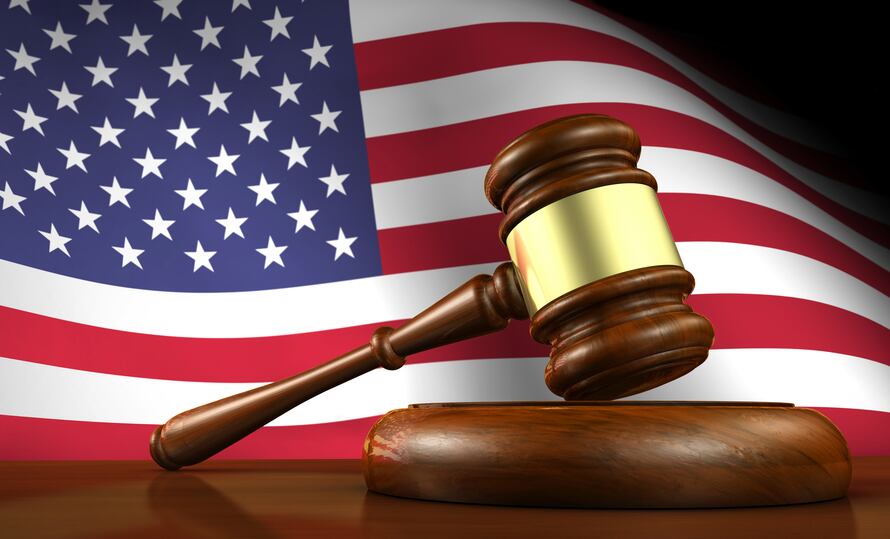A panel featuring Nestlé – considered the first on the topic of transparency at a cocoa conference – was held at the World Cocoa Foundation’s (WCF) partnership meeting in Abidjan late last month.
WCF president sets transparency vision
It came after new WCF president Richard Scobey called for increased transparency and accountability of all actors in the supply chain.
“I want all of you in the room to hold WCF accountable for the delivery of what we promise,” he told delegates in his opening address.
WCF’s CocoaAction sustainability platform – which is made up of nine companies such as Mars and Mondelēz – plans to evaluate the process for an impact assessment next year.
WCF published its 114-page monitoring and evaluation guide for the CocoaAction platform in February this year online.
Nestlé on child labor consumer perception
Antonie Fountain, managing director of the VOICE Network, an association of NGOs and trade unions, said: "With the exception of Nestlé's child labor system, there is very little actual data supporting the claims of the major companies....
“The main reason we are not doing it [publishing more impact and financial data] at the moment is because it will hurt."
In 2011, Nestlé allowed the Fair Labor Association (FLA) to investigate whether children work on cocoa farms supplying its factories.
“It shows that undeniably there is child labor in our supply chain,” said Simon Billington, vice president of Confectionery Technical & Operations at Nestlé.
“Of course, the risk is when you make that bold statement you become a lightning rod for anyone that wants to talk about child labor in the cocoa industry. There were a few headlines…”
But he said: “The number of contacts we had from consumers across the world to say ‘we are pleased you have taken the first step to recognize you have a problem’ were 100 to 1 more prevalent than those that said ‘we are amazed to see you have child labor in your products.’”
Cocoa lawsuits

Nestlé, ADM and Cargill are currently defending a US civil lawsuit brought by alleged former child slaves accusing the companies of aiding and abetting child slavery on Ivorian cocoa farms. The firms deny the claims and say they are taking steps to improve their supply chains. A separate US lawsuit brought by private consumers in California alleging Nestlé and Hershey misled consumers by failing to disclose cocoa in some chocolate brands may come from slave labor was dismissed by the district court in March.
Legal risks?
Nestlé is aiming to stamp out child labor through a Child Labor Monitoring and Remediation System (CLMRS), which will run across all cooperatives part of the Nestlé Cocoa Plan by the end of the year.
Nathan Bello, Nestlé Cocoa Plan manager for Côte d’Ivoire, said the decision to publish the presence of child labor was a pre-requisite of the FLA investigation.
"But we have accepted it and have drawn a lot of benefit from this decision [translation from French]," he said, adding that the public perception outweighed any potential legal risks in the US.
Taxes and impacts
Fountain of the VOICE Network said there are two types of transparency reporting companies in cocoa would be expected to adhere to: Financial and impacts.
"The financial transparency on a company level is the profits you make; it’s the taxes you pay; the deals, the ownership.
"The second element of transparency...has to do with your efforts, your impacts and your data....impact reports, evaluations and databases," he said, which should be third-party verified.
He said the cocoa sector could look to the oil, gas and minerals sector's Extractive Industries Transparency Initiative (EITI), which encompasses the 'Publish What You Pay' approach to improve accountability.
"The key thing about accountability is that it leads to peer pressure....within CocoaAction there's not a lot of peer transparency. Not many companies know what the other companies are doing, which means it's really hard to keep each other accountable,” he said.
Avoiding duplication
Jennifer Golden, Monitoring and Evaluation (M&E) team manager at the WCF, said improved transparency ensures efforts are not duplicated and only the most effective interventions are enacted.
"By us being more transparent, we have more information or knowledge to share. We can learn about what is working and what isn't.
"...There are obviously trade-offs, risks and concerns, but by not being transparent, everyone is always wondering why aren’t you sharing...
“Sometimes it may be worrying to take that first step...but once you get there, that openness gives those outside your organization more trust and confidence in what you're doing."
